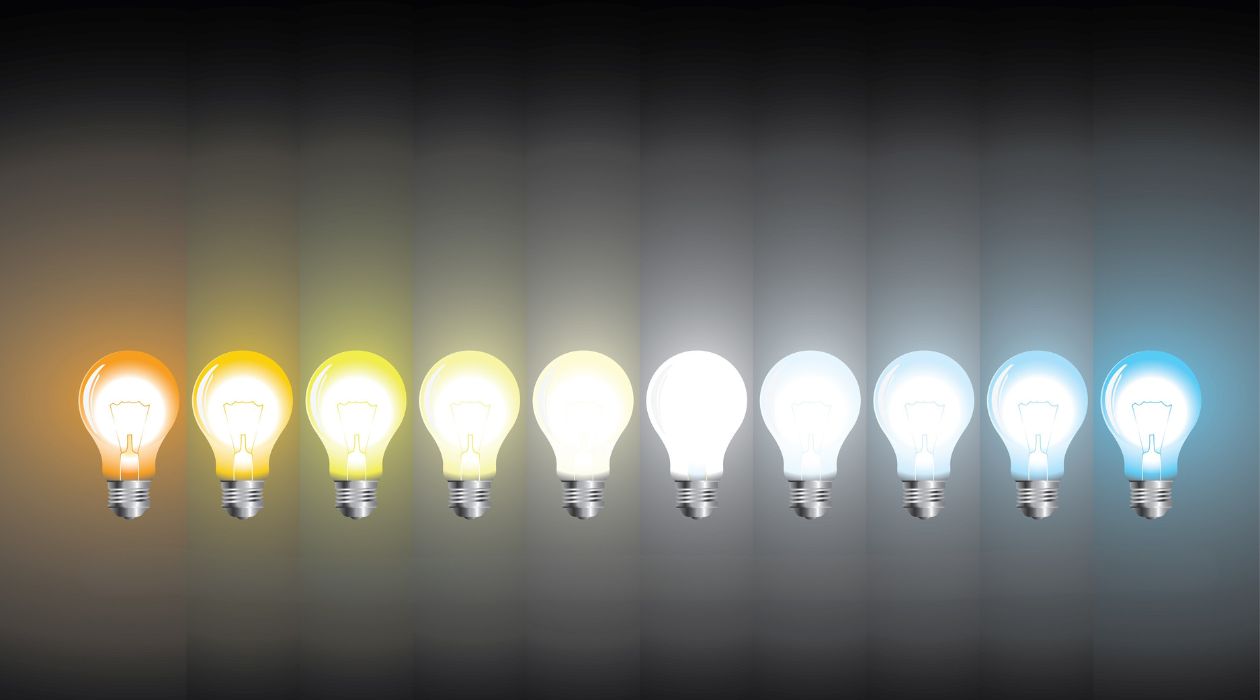

Articles
What Are The Colors Of A Light Bulb
Modified: December 7, 2023
Looking for articles about what color light bulb to choose? Our expert guides will help you find the perfect lighting for any room.
(Many of the links in this article redirect to a specific reviewed product. Your purchase of these products through affiliate links helps to generate commission for Storables.com, at no extra cost. Learn more)
Introduction
Welcome to the world of lighting where colors play a significant role in defining the ambiance of a space. Light bulbs are available in various colors, each creating a distinct effect and serving different purposes. Whether you are looking to create a cozy atmosphere in your living room, a vibrant ambiance in a retail store, or a focused work environment in your home office, the color of the light bulb can make all the difference.
In this article, we will explore the different colors of light bulbs and how they can impact our mood, productivity, and energy efficiency. Understanding the characteristics of different color light bulbs will help you choose the right one for various settings and applications.
So, let’s dive in and discover the fascinating world of color light bulbs!
Key Takeaways:
- Choose warm white light bulbs for cozy settings like living rooms and bedrooms, and opt for cool white or daylight bulbs in task-oriented areas such as kitchens and offices to enhance productivity and focus.
- LED bulbs are the most energy-efficient option, offering a wide range of color choices and long lifespan, making them a cost-effective and environmentally friendly lighting solution for various settings.
Read more: How To Color A Light Bulb
Understanding Different Colors of Light Bulbs
Light bulbs come in a variety of colors, each producing a different hue and tone of light. The color of a light bulb is measured on the Kelvin (K) scale, which determines the color temperature of the light emitted.
When it comes to light bulbs, the two primary colors to consider are warm white and cool white. Warm white bulbs have a lower color temperature, typically ranging from 2700K to 3000K, emitting a soft, yellowish light that resembles traditional incandescent bulbs. Cool white bulbs, on the other hand, have a higher color temperature, usually ranging from 4000K to 5000K, producing a brighter, bluish-white light.
In addition to warm white and cool white, there are also a wide range of specialty color light bulbs available. These specialty bulbs include red, green, blue, and even multicolored options, allowing you to create unique lighting effects and add a touch of fun and creativity to any space.
The choice of color light bulb depends on the intended purpose and desired effect. Warm white bulbs are often used in areas where relaxation and a cozy ambiance are desired, such as bedrooms, living rooms, and restaurants. Cool white bulbs, with their brighter and more energetic light, are commonly used in task-oriented spaces like kitchens, offices, and retail stores, where clarity and focus are important.
Specialty color bulbs are ideal for creating a specific atmosphere or adding a decorative element. For instance, red bulbs can evoke a feeling of warmth and intimacy, making them a popular choice for creating a romantic setting. Green bulbs can bring a calming effect to a space, while blue bulbs can create a cool and serene environment.
Now that we have a better understanding of the different colors available, let’s explore the types of light bulbs that offer these color options.</p
Types of Light Bulbs and Their Colors
There are several types of light bulbs available in the market, each with its own unique characteristics and color options. Let’s take a look at some of the most common types of light bulbs and the colors they offer:
Incandescent Bulbs:
Incandescent bulbs are the traditional, filament-based bulbs that have been used for decades. They emit a warm, yellowish light that is often considered cozy and inviting. While incandescent bulbs are not available in a wide variety of colors, they do offer options such as soft white and warm white.
CFL Bulbs:
CFL (Compact Fluorescent Lamp) bulbs are energy-efficient alternatives to incandescent bulbs. They come in various colors, including warm white, cool white, and daylight. Warm white CFL bulbs provide a similar soft, yellowish light as incandescent bulbs, while cool white and daylight bulbs emit a brighter, whiter light.
Read more: What Color Light Bulb For Dining Room?
LED Bulbs:
LED (Light Emitting Diode) bulbs are highly energy-efficient and have gained popularity in recent years. They offer a wide range of colors, including warm white, cool white, and daylight options. LED bulbs are also available in specialty colors like red, green, blue, and even multicolored options for decorative purposes.
Halogen Bulbs:
Halogen bulbs are a type of incandescent bulb that uses a halogen gas to increase efficiency and lifespan. They emit a bright, crisp light and are available in both warm white and cool white options, allowing you to choose the desired ambiance for your space.
When selecting a light bulb, it’s important to consider not only the color of the light it emits but also the energy efficiency and lifespan of the bulb. LED bulbs are known for their energy efficiency and long lifespan, making them an excellent choice for both residential and commercial applications.
Now that we know the different types of light bulbs and the colors they offer, let’s move on to understanding how to choose the right color bulb for different settings.
Choosing the Right Color Light Bulb for Different Settings
Choosing the right color light bulb for different settings involves considering the purpose of the space and the desired ambiance. Let’s explore some common settings and the appropriate color light bulbs:
1. Living Room:
The living room is often a place for relaxation and socializing. Warm white light bulbs create a cozy and intimate atmosphere, perfect for cozy movie nights or conversations with friends and family.
2. Kitchen:
The kitchen is a space where clarity and visibility are crucial, especially when working with knives and other sharp utensils. Cool white or daylight light bulbs provide a bright and focused light, ensuring excellent visibility while preparing meals or cooking.
3. Bedroom:
In the bedroom, a calming and soothing atmosphere is desirable. Warm white light bulbs create a relaxing ambiance, promoting restful sleep and tranquility.
4. Office:
For a productive work environment, cool white light bulbs are ideal. They provide a bright and energizing light that helps improve focus and concentration. Daylight bulbs are also a good option, as they mimic natural sunlight, creating a more refreshing and stimulating atmosphere.
5. Retail Store:
In a retail setting, lighting plays a crucial role in highlighting products and creating an appealing shopping experience. Cool white or daylight bulbs are commonly used to enhance product colors and provide a bright and inviting environment. Specialty color bulbs can also be used strategically to create attention-grabbing displays or highlight specific areas or products.
Remember, the color of the light bulb can significantly impact the mood and overall ambiance of a space. By selecting the right color light bulb for each setting, you can create the desired atmosphere and enhance the functionality of the space.
Next, let’s explore the effects of different color light bulbs on mood and productivity.
The Effects of Different Color Light Bulbs on Mood and Productivity
The color of light bulbs not only illuminates a space but also has a profound impact on our mood, productivity, and overall well-being. Let’s delve into the effects of different color light bulbs:
1. Warm White:
Warm white light bulbs, with their soft and yellowish hue, create a cozy and inviting atmosphere. They can promote relaxation, calmness, and a sense of comfort, making them an excellent choice for bedrooms, living rooms, and areas where you want to unwind and feel at ease.
2. Cool White:
Cool white light bulbs emit a brighter, bluish-white light that mimics daylight. This type of lighting can boost alertness, enhance focus, and increase productivity. It is often used in offices, kitchens, and other spaces where clarity and visibility are essential.
3. Daylight:
Daylight bulbs replicate natural daylight, which is known to have numerous benefits. This type of lighting can help regulate our circadian rhythm, improve mood, increase energy levels, and promote a sense of well-being. Daylight bulbs are ideal for spaces where you want to create a vibrant and stimulating environment, such as offices or workout areas.
4. Specialty Colors:
Specialty color light bulbs, like red, green, or blue, can have specific effects on our mood and ambiance. For example, red light is often associated with warmth and romance, making it a popular choice for intimate settings. Green light can create a calming and soothing atmosphere, while blue light can provide a cool and tranquil environment.
It’s important to note that the effects of color light bulbs can vary from person to person, as we all have unique preferences and sensitivities. Experimenting with different colors and observing how they make you feel in different settings can help you determine the best color light bulb for your specific needs.
Additionally, combining different color light bulbs in a space can create a dynamic and versatile lighting scheme. For example, incorporating warm white lighting in a living room for relaxation and switching to cool white lighting in a workspace for enhanced productivity.
Now, let’s explore the energy efficiency and lifespan of different color light bulbs.
Energy Efficiency and Lifespan of Different Color Light Bulbs
When it comes to choosing light bulbs, energy efficiency and lifespan are essential factors to consider. Let’s explore how different color light bulbs fare in terms of energy efficiency and lifespan:
1. Incandescent Bulbs:
Incandescent bulbs are known for their warm, cozy light, but they are not the most energy-efficient option. They convert a significant portion of energy into heat rather than light, resulting in lower efficiency. Additionally, incandescent bulbs have a shorter lifespan compared to other types, typically lasting around 1,000 to 2,000 hours.
2. CFL Bulbs:
CFL bulbs are more energy-efficient compared to incandescent bulbs, as they consume less electricity to produce the same amount of light. They are known to last longer as well, with an average lifespan of around 8,000 to 10,000 hours. However, it is worth noting that CFL bulbs contain a small amount of mercury and require proper disposal to minimize environmental impact.
Read more: What Is A Light Bulb
3. LED Bulbs:
LED bulbs are the most energy-efficient option available today. They consume significantly less energy than both incandescent and CFL bulbs while providing the same or even brighter light output. LED bulbs also have the longest lifespan, with an average of 25,000 to 50,000 hours or even more. This makes them highly cost-effective and environmentally friendly in the long run.
When it comes to color light bulbs, the energy efficiency and lifespan depend more on the type of bulb rather than the color itself. Warm white, cool white, and specialty color LED bulbs are all available in energy-efficient options, allowing you to choose the color that suits your needs without compromising efficiency.
By opting for energy-efficient light bulbs, you not only reduce your electricity consumption and environmental footprint but also save on long-term energy costs. Additionally, the longer lifespan of LED bulbs means less frequent replacements, saving you time, effort, and money in the long run.
It’s important to look for energy efficiency labels and specifications when purchasing light bulbs. Look for bulbs with the ENERGY STAR certification, as they meet strict energy efficiency guidelines set by the Environmental Protection Agency (EPA).
Now that we’ve covered the energy efficiency and lifespan of different color light bulbs, let’s wrap up our discussion.
Conclusion
The color of light bulbs plays a significant role in defining the ambiance, mood, and productivity of a space. Whether you’re looking to create a cozy and relaxing atmosphere or a bright and stimulating environment, choosing the right color light bulb is essential.
Warm white light bulbs emit a soft and yellowish light, perfect for creating a cozy and intimate setting in living rooms and bedrooms. Cool white and daylight bulbs provide a brighter and more energizing light, ideal for task-oriented areas like kitchens and offices.
Specialty color bulbs, such as red, green, and blue, offer a unique and creative way to add accents or create specific moods in different settings. These colors can evoke warmth, calmness, or a cool and serene ambiance, enhancing the overall atmosphere of a space.
Considering the energy efficiency and lifespan of light bulbs is equally important. LED bulbs are the most energy-efficient option available, consuming less electricity and lasting significantly longer than incandescent and CFL bulbs. Choosing LED bulbs not only reduces energy consumption but also leads to long-term cost savings and a smaller environmental footprint.
With such a wide range of color options and types of light bulbs available, it’s important to experiment and find the right combination that suits your preferences and specific needs in each setting. Mixing and matching different color light bulbs can create versatile lighting schemes that cater to various activities and moods.
When selecting light bulbs, look for energy efficiency labels, such as ENERGY STAR certification, to ensure you are making an environmentally conscious choice. Additionally, consider the lifespan of the bulbs to minimize the frequency of replacements and save time and money in the long run.
By understanding the effects of different color light bulbs on mood, productivity, and energy efficiency, you can create the perfect lighting atmosphere for every room and setting in your home or workplace.
So, go ahead and explore the world of color light bulbs, and let your creativity shine through with the perfect lighting choices for every space!
Frequently Asked Questions about What Are The Colors Of A Light Bulb
Was this page helpful?
At Storables.com, we guarantee accurate and reliable information. Our content, validated by Expert Board Contributors, is crafted following stringent Editorial Policies. We're committed to providing you with well-researched, expert-backed insights for all your informational needs.
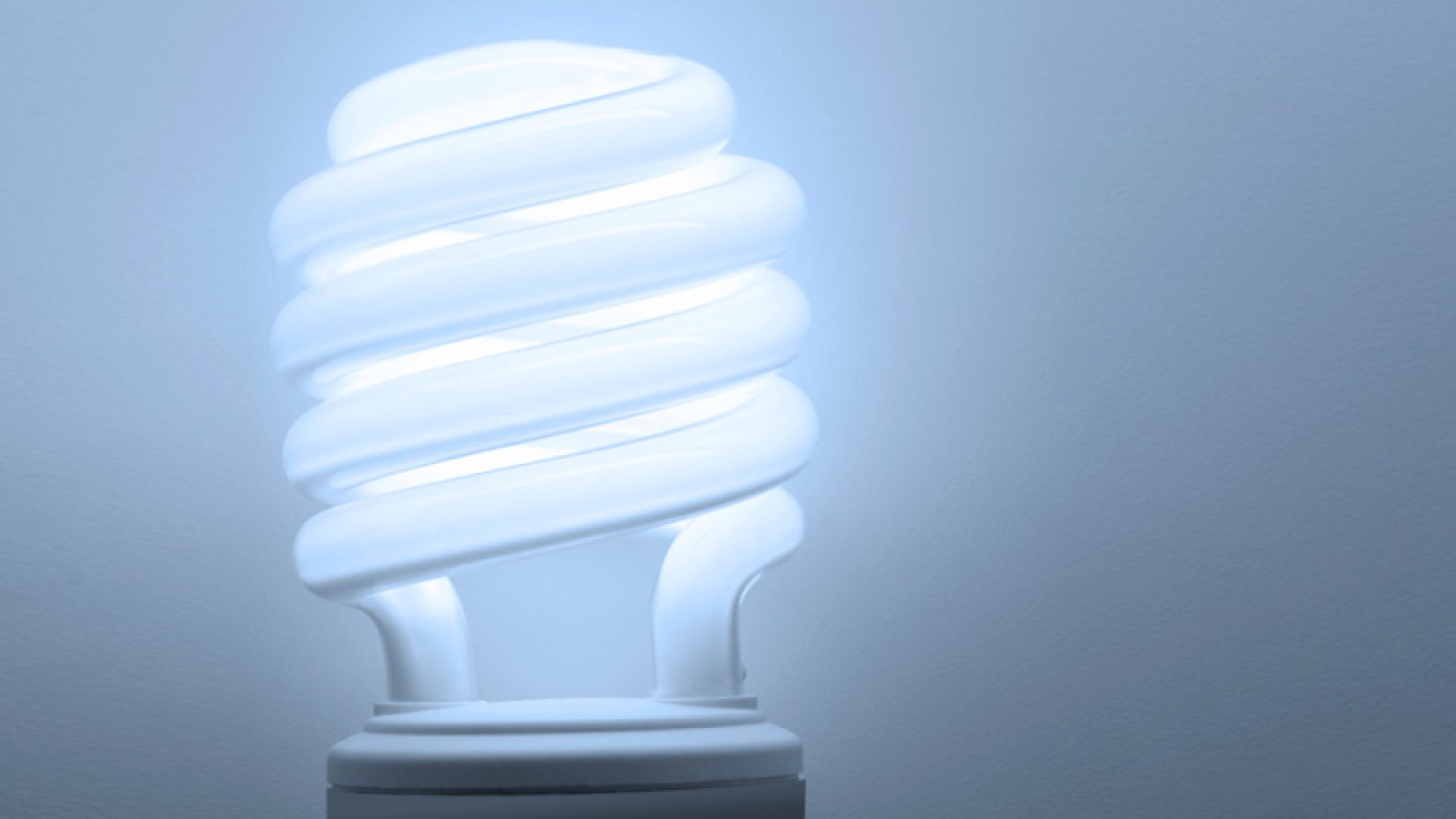

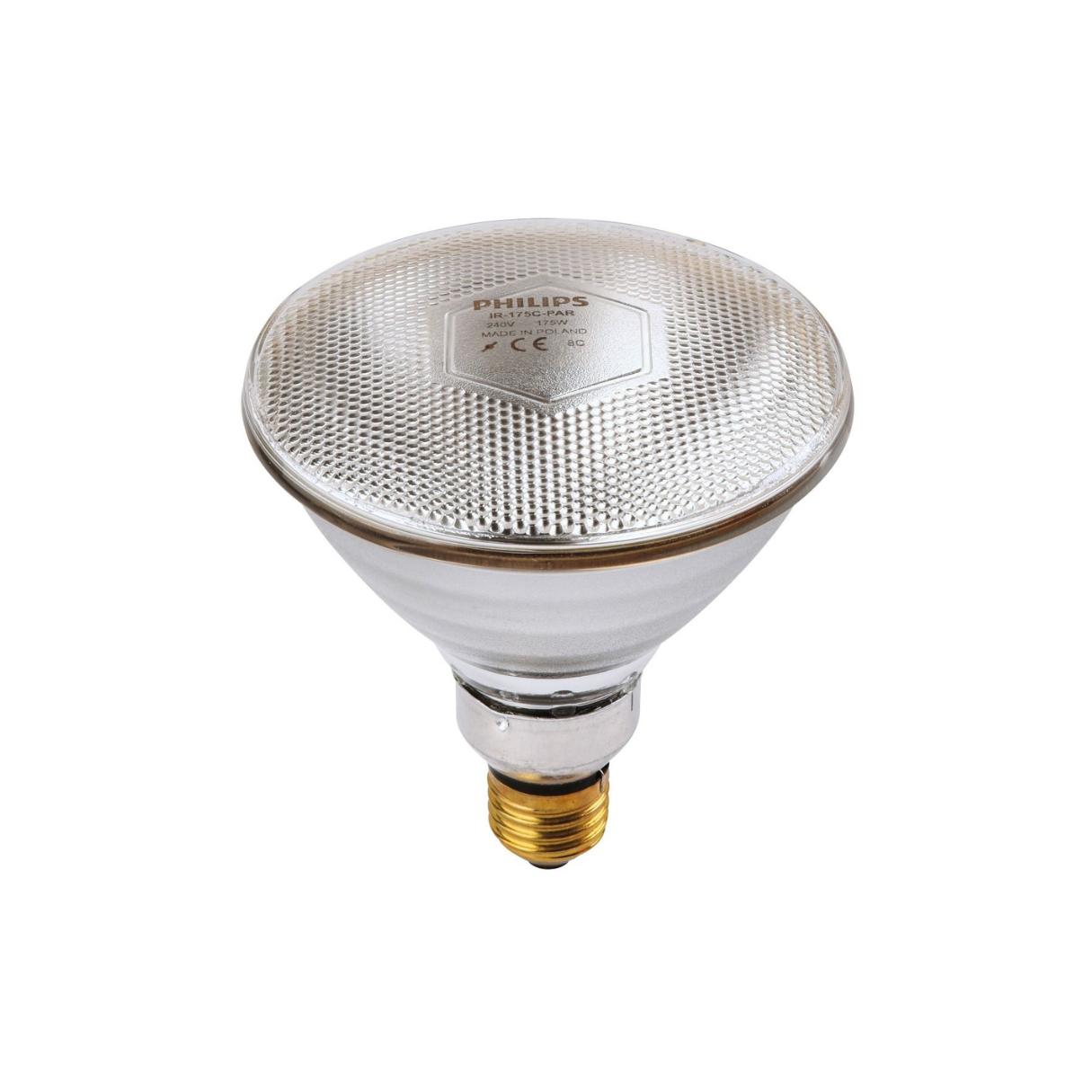
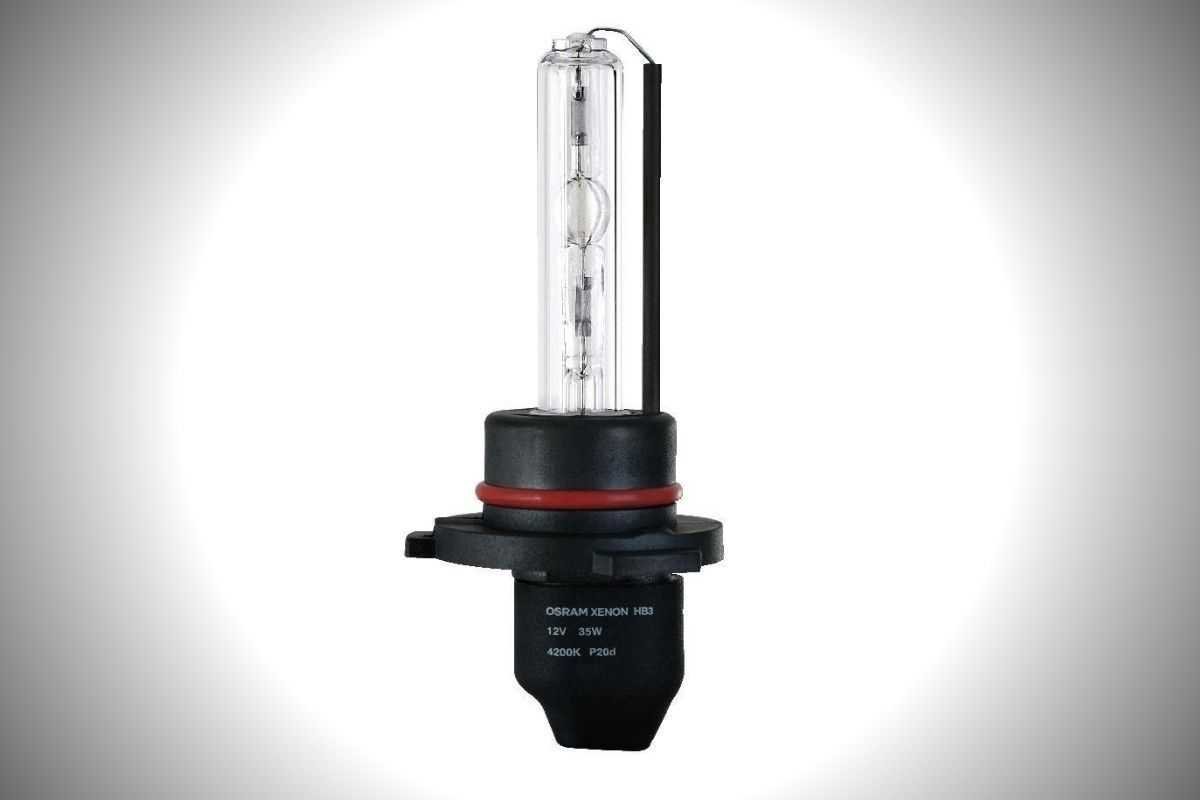
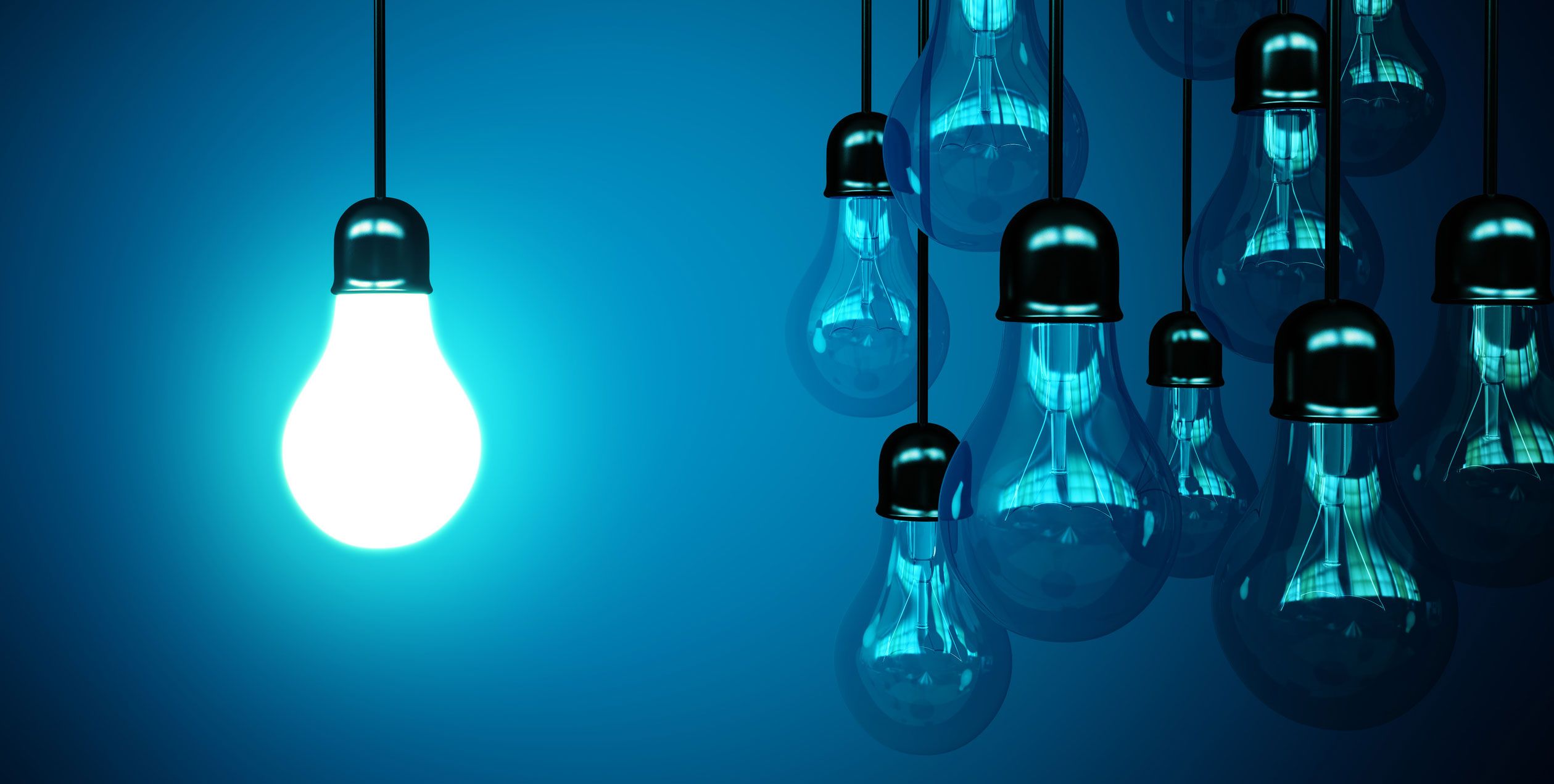
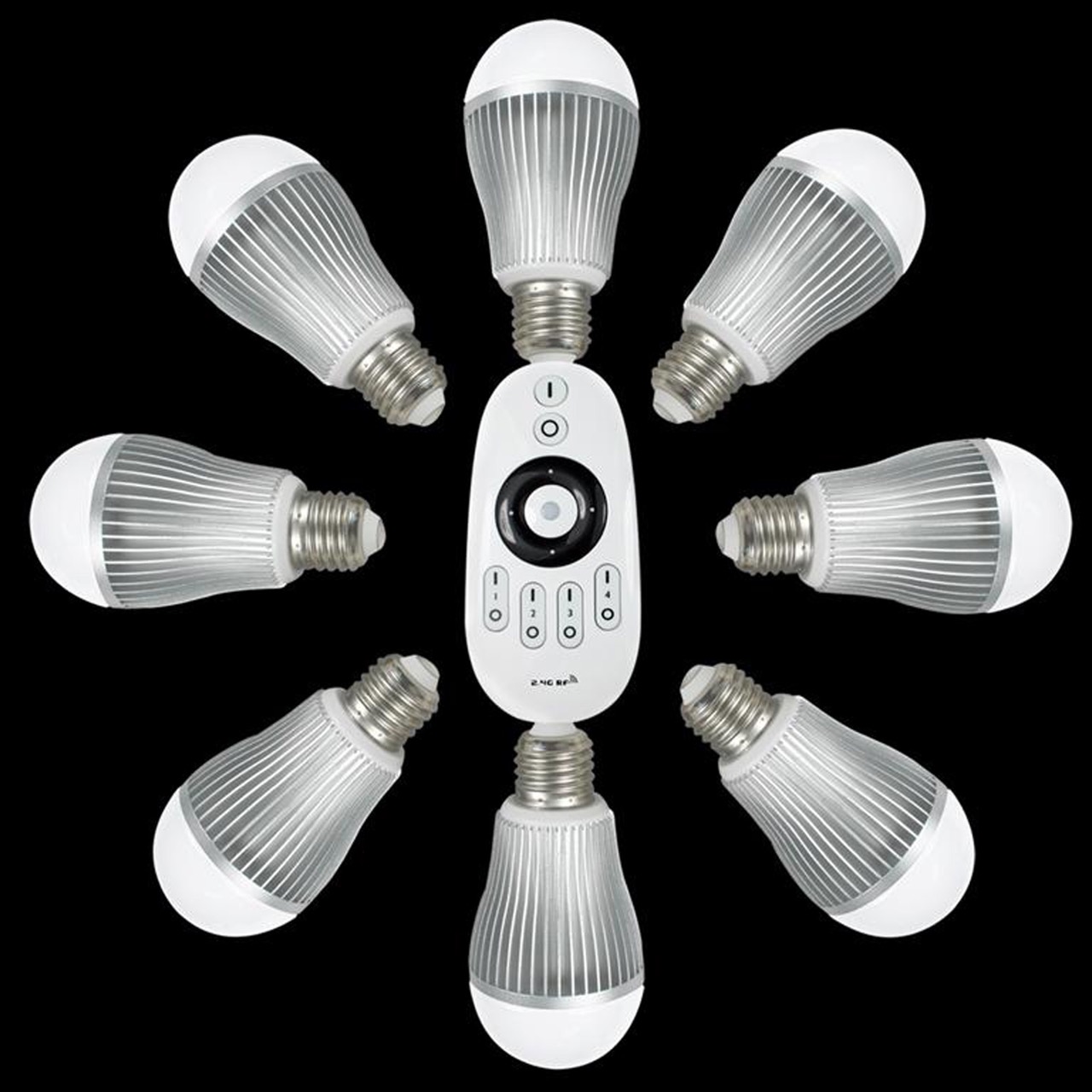
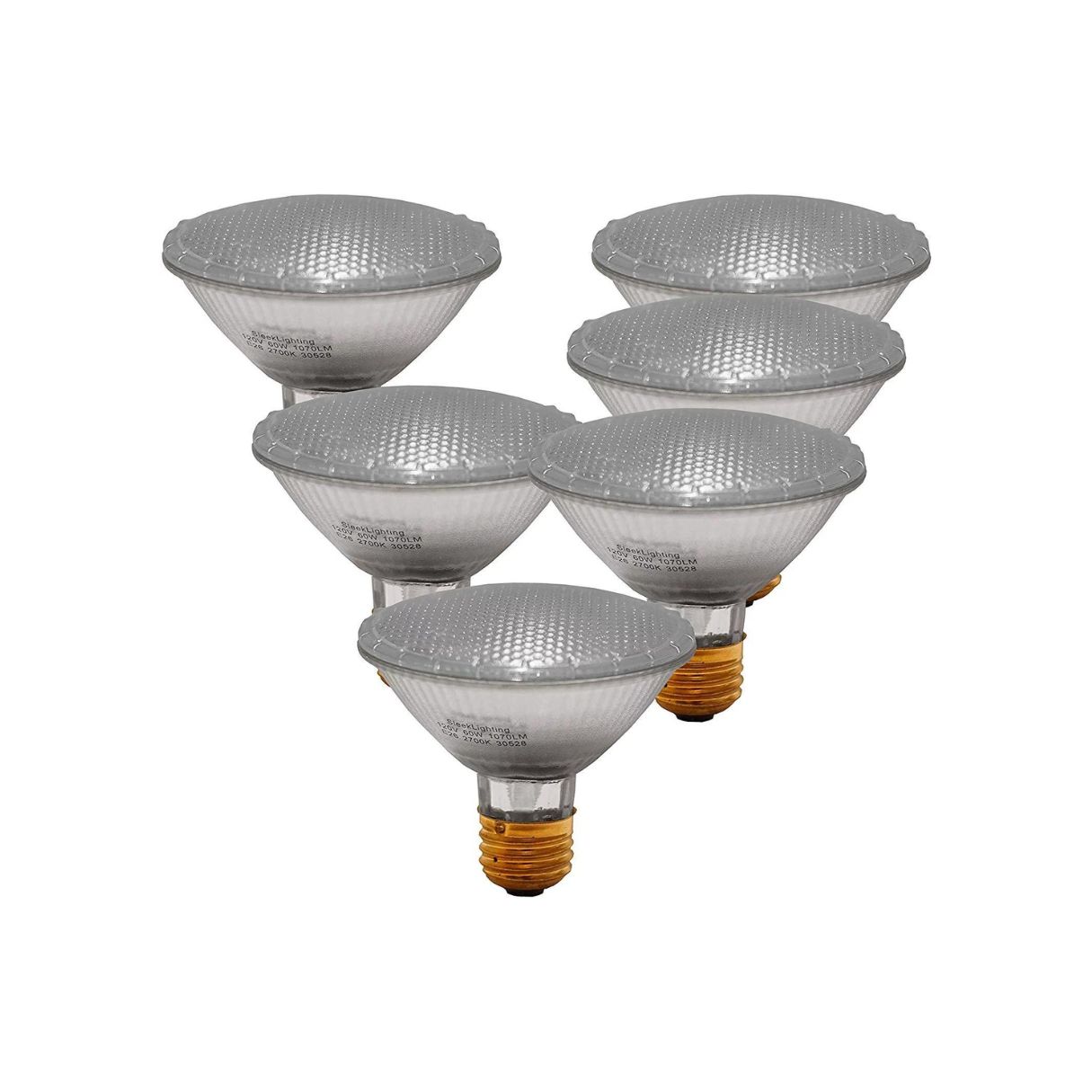
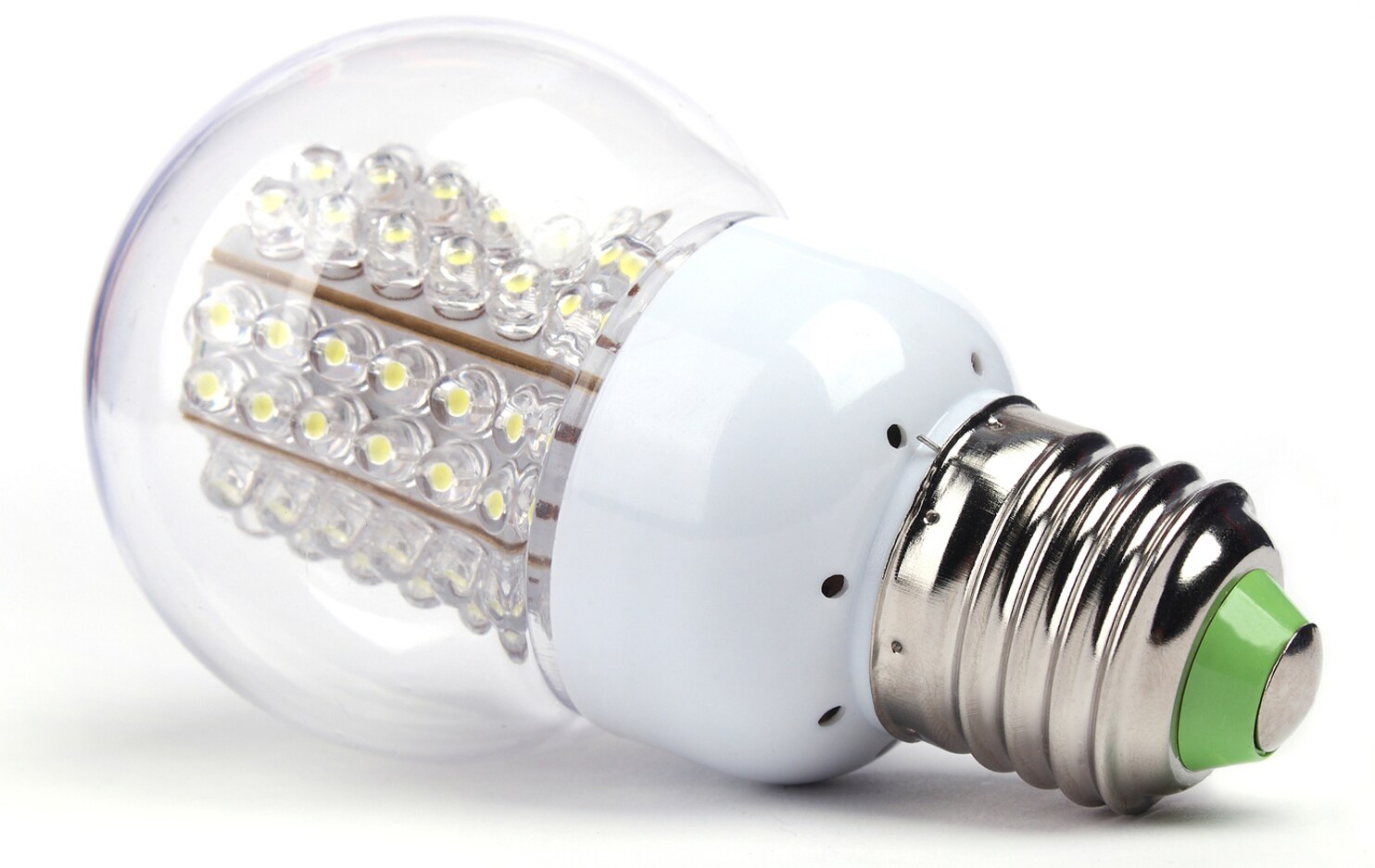
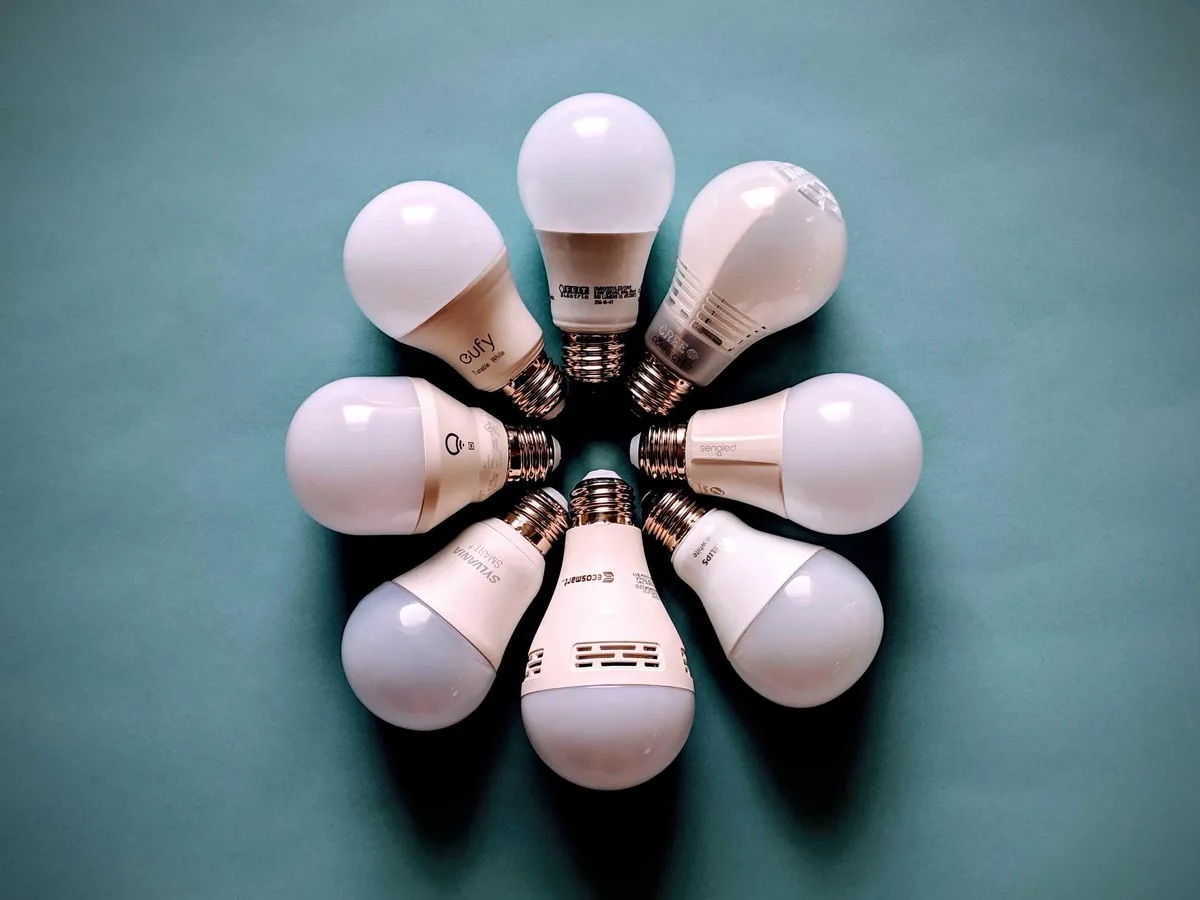
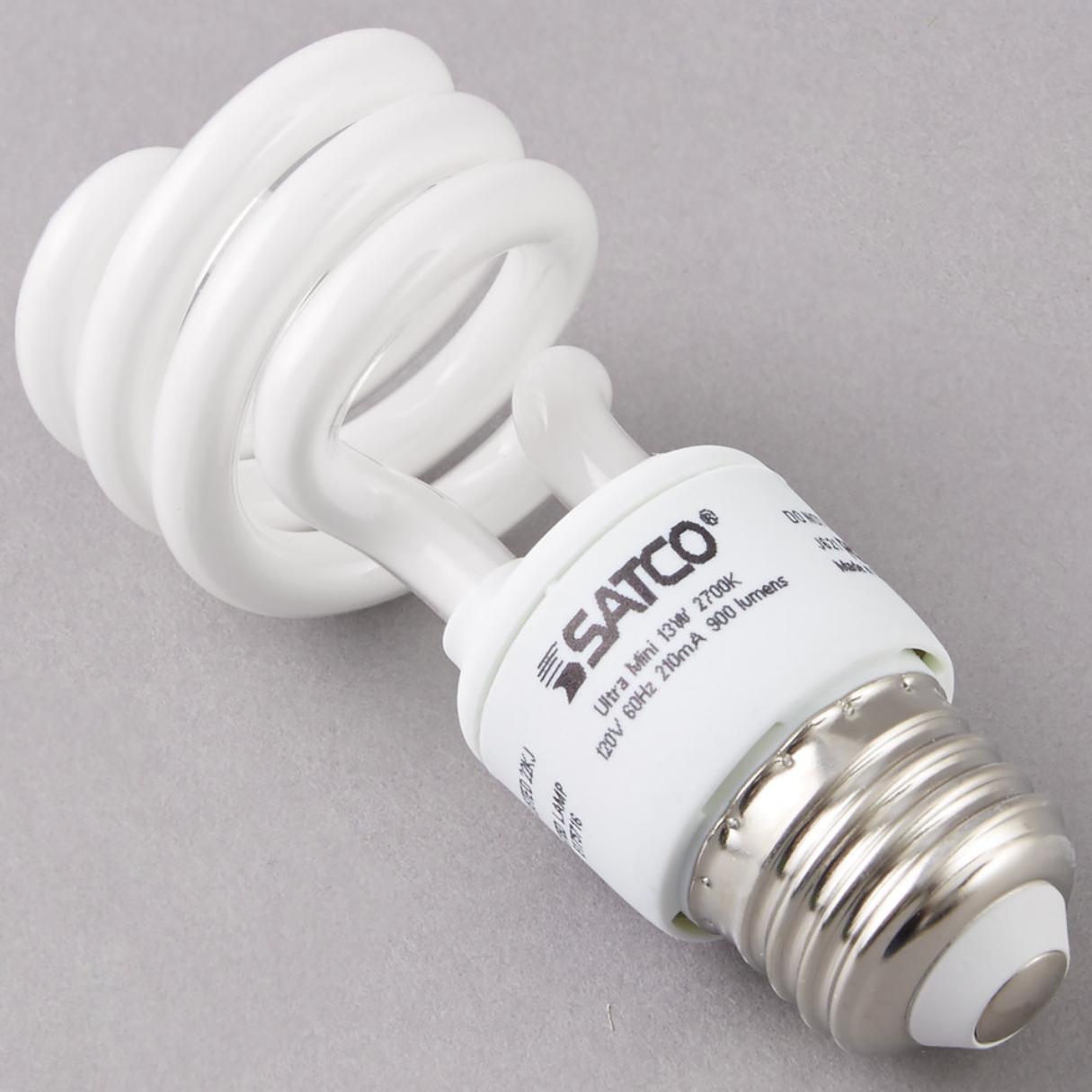

0 thoughts on “What Are The Colors Of A Light Bulb”